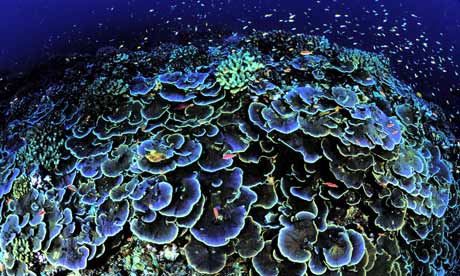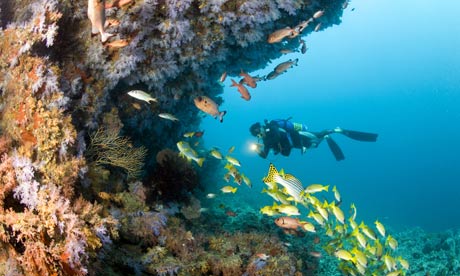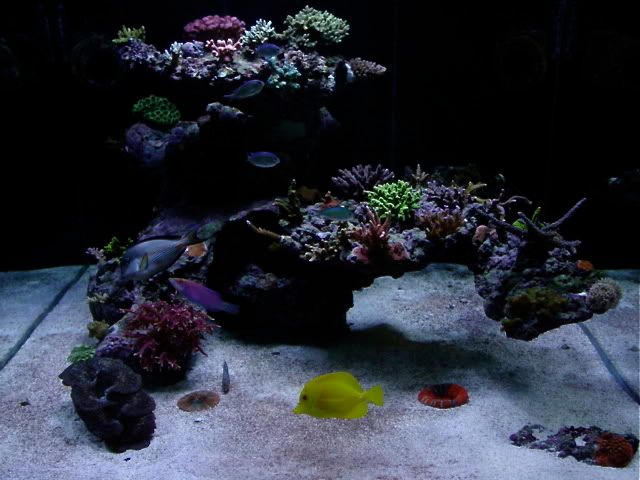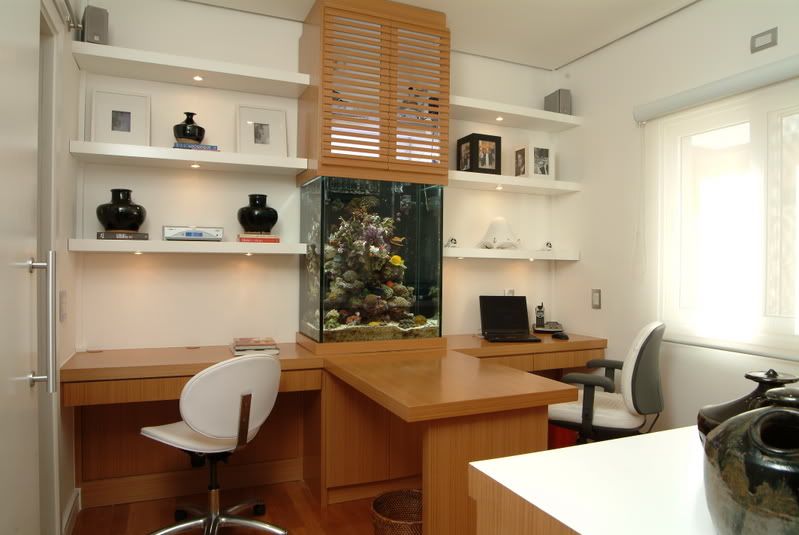snakeblitz33
Well-Known Member
I thought it was time to do some aquascaping tips and tricks. I know for those of you who have seen my tank would say I am not very good at it, lol, however, I am going to re-do it soon, I promise.
I used to be a die hard "pound per gallon" guy. Over the years I have really changed my opinion. The reason is because I have seen many, many systems with very little rock work be just as successful. I believe now days it comes down to personal aesthetic taste more than anything. Some tanks have evolved with no actual live rock - as in the case of some SPS dominated tanks, they will frag off little SPS and glue them to the bottom of the tank and let them naturally grow upwards like they would in nature. These tanks are very pretty - but I still like to have some rocks.
I'm much more into the Bonzai style aquariums - minimalistic live rock - in SPS dominated systems. You just have to really know how much rock you need for certain pieces. You may find that you need more rock for certain things and less rock for others. For SPS corals that are hard and create stony skeletons, having less rock means having more room for them to grow. For soft corals that dominate rock work, having a lot of rock work for the softies to grow on is an advantage. LPS dominated tanks - depending on what type - needs a lot of sandbed or they need a lot of room to grow like SPS do. So, there is a lot of factors.
Live rock amount also depends on what fish you keep. Tangs, for example, like a lot of rock work because it provides natural places for them to graze. Some fish like to have overhands to hide in - who wouldn't do very well in a "two island tank."
So, really, think about what you have in your tank - think about how you kind of want it to look and then go from there. I suggest trying to get a well balanced look, with just as much "positive" space as "negative" space - meaning just as much rock as sand. This is more or less aesthetically pleasing.
Another aquascaping tip is that you should "break up" your rock work so that there are peaks and valleys. It helps to look at pictures of underwater reefs and pick a section of the reef that interests you most and try to replicate it in your tank.
So, here are some pictures of natural reefs so that you may be able to get some ideas for your own rock work. It's best to look at natural reefs first, before some aquarists tank because their design may highly influence your own - before you have the chance to get creative and original.




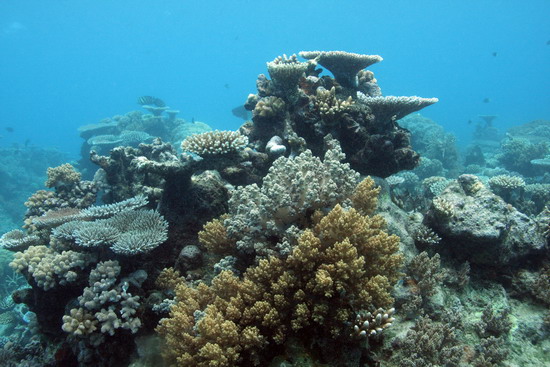
I used to be a die hard "pound per gallon" guy. Over the years I have really changed my opinion. The reason is because I have seen many, many systems with very little rock work be just as successful. I believe now days it comes down to personal aesthetic taste more than anything. Some tanks have evolved with no actual live rock - as in the case of some SPS dominated tanks, they will frag off little SPS and glue them to the bottom of the tank and let them naturally grow upwards like they would in nature. These tanks are very pretty - but I still like to have some rocks.
I'm much more into the Bonzai style aquariums - minimalistic live rock - in SPS dominated systems. You just have to really know how much rock you need for certain pieces. You may find that you need more rock for certain things and less rock for others. For SPS corals that are hard and create stony skeletons, having less rock means having more room for them to grow. For soft corals that dominate rock work, having a lot of rock work for the softies to grow on is an advantage. LPS dominated tanks - depending on what type - needs a lot of sandbed or they need a lot of room to grow like SPS do. So, there is a lot of factors.
Live rock amount also depends on what fish you keep. Tangs, for example, like a lot of rock work because it provides natural places for them to graze. Some fish like to have overhands to hide in - who wouldn't do very well in a "two island tank."
So, really, think about what you have in your tank - think about how you kind of want it to look and then go from there. I suggest trying to get a well balanced look, with just as much "positive" space as "negative" space - meaning just as much rock as sand. This is more or less aesthetically pleasing.
Another aquascaping tip is that you should "break up" your rock work so that there are peaks and valleys. It helps to look at pictures of underwater reefs and pick a section of the reef that interests you most and try to replicate it in your tank.
So, here are some pictures of natural reefs so that you may be able to get some ideas for your own rock work. It's best to look at natural reefs first, before some aquarists tank because their design may highly influence your own - before you have the chance to get creative and original.








